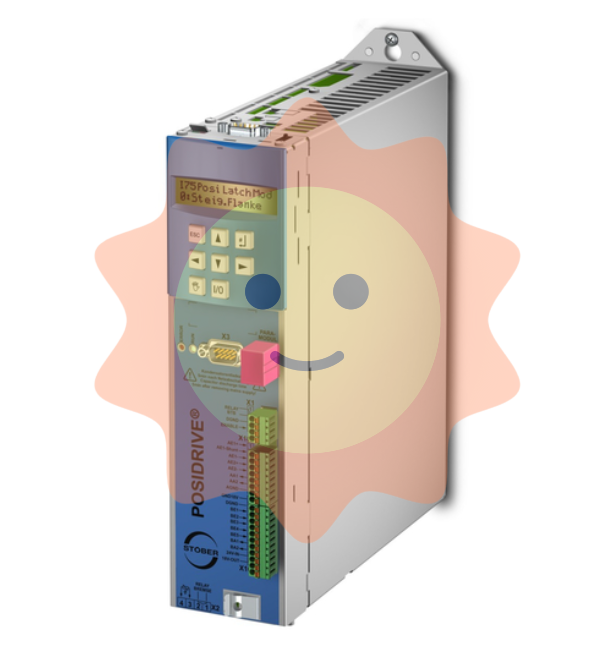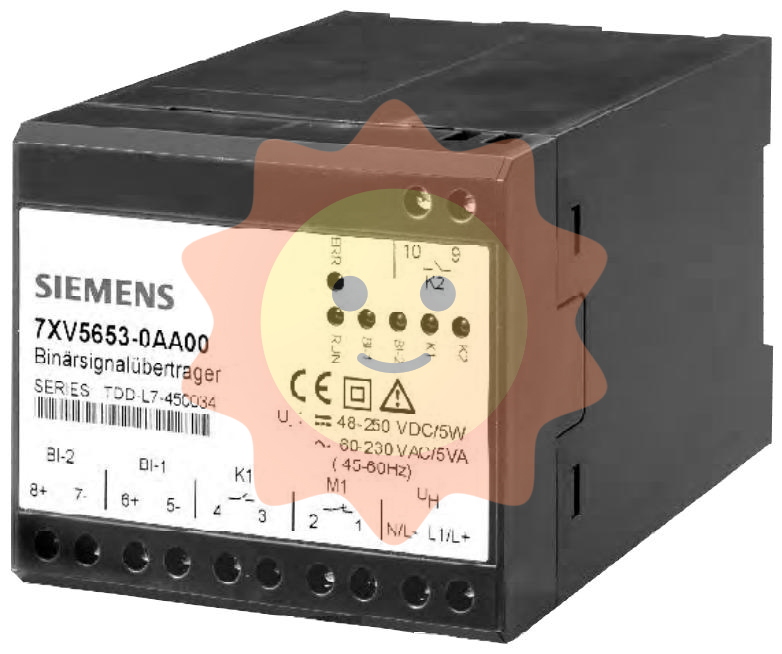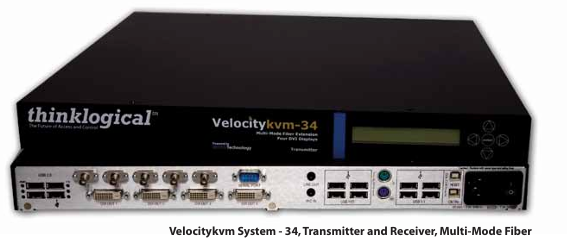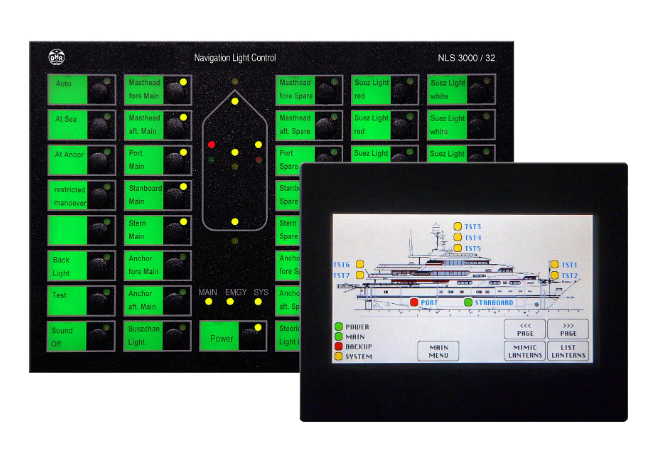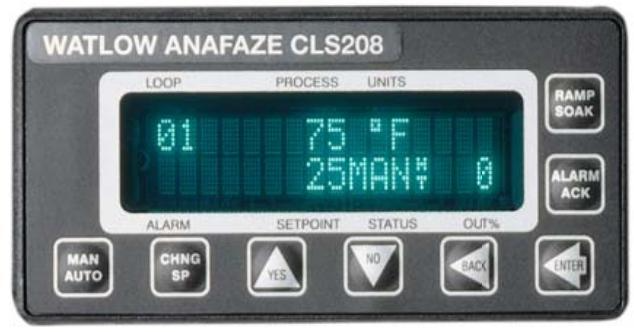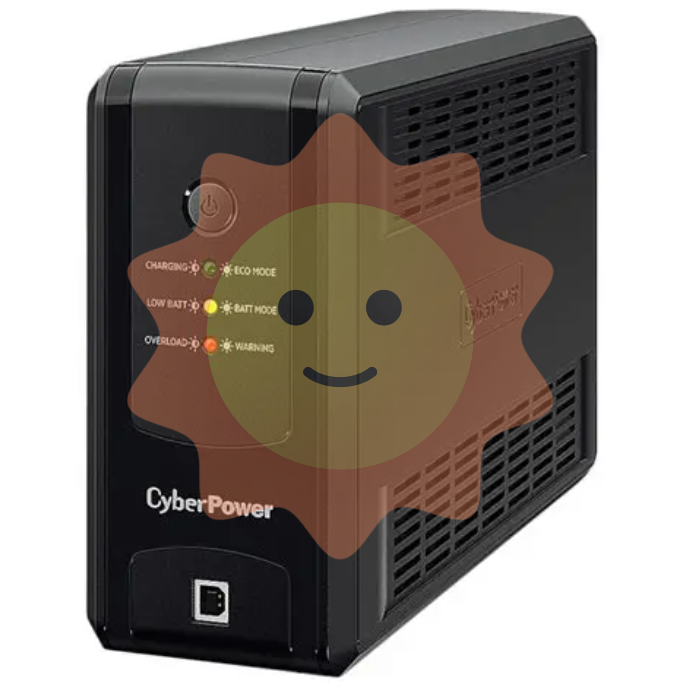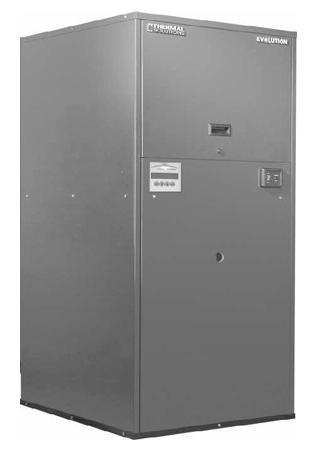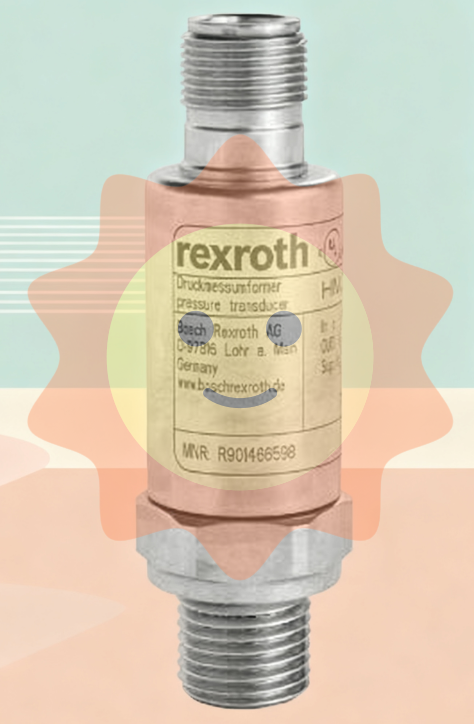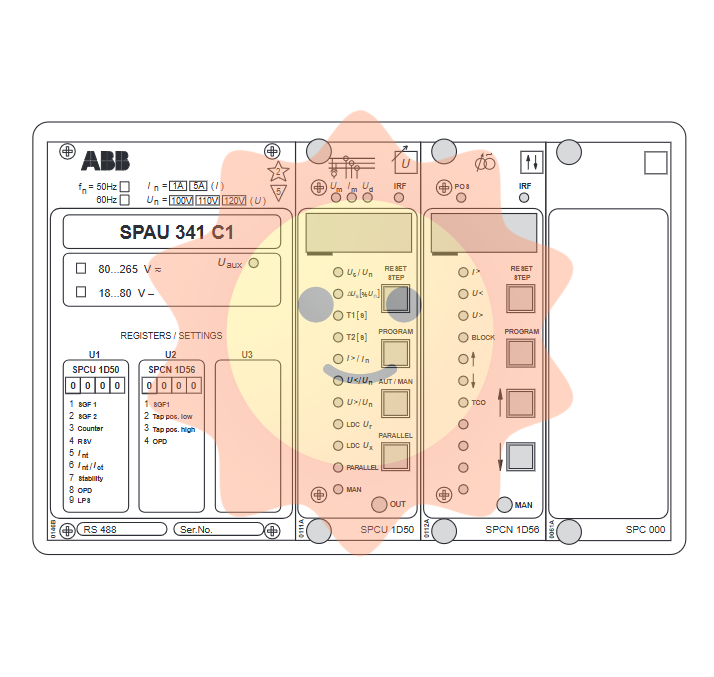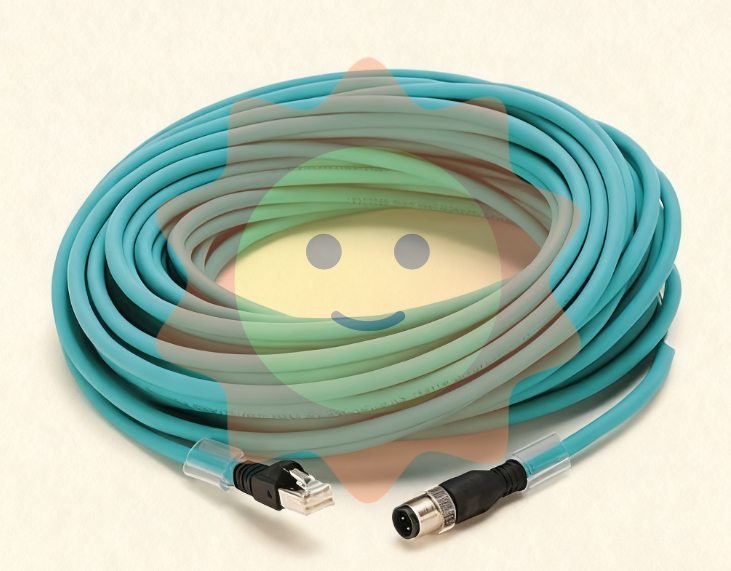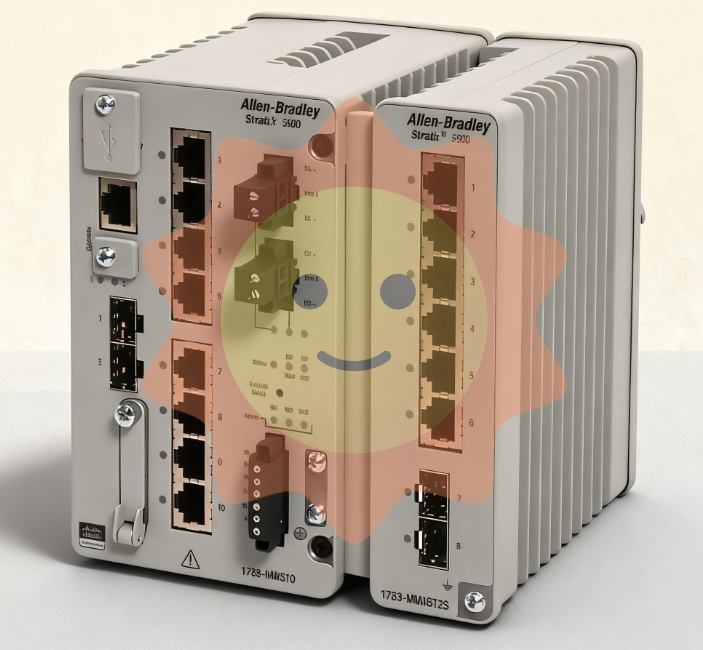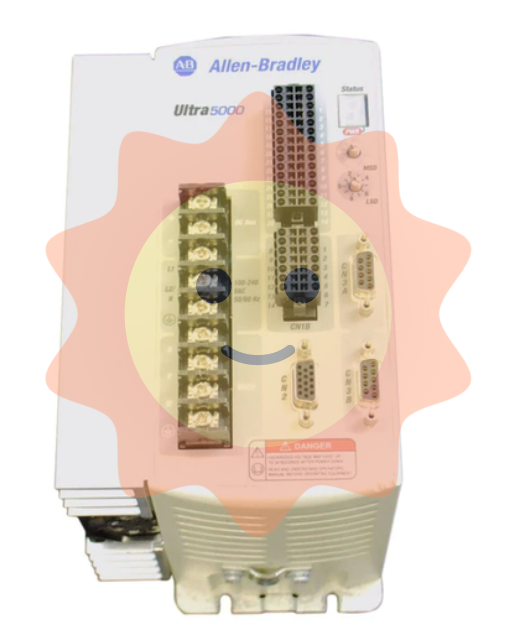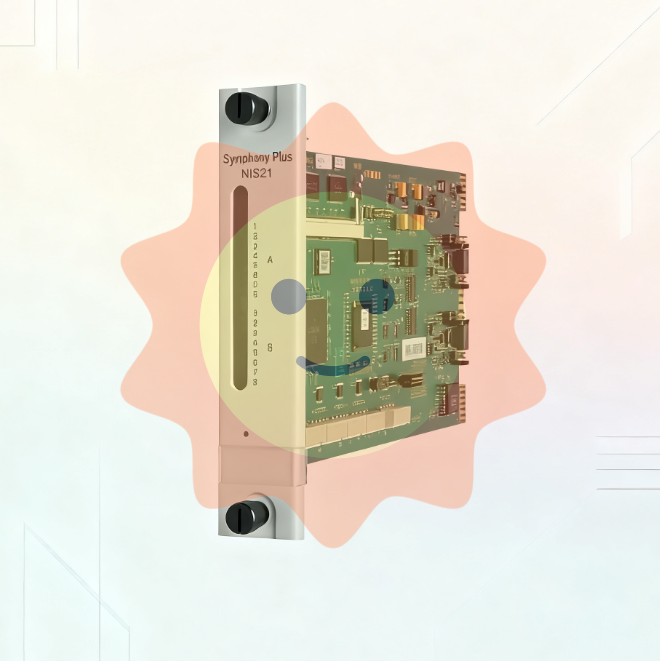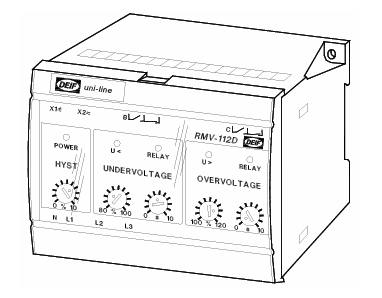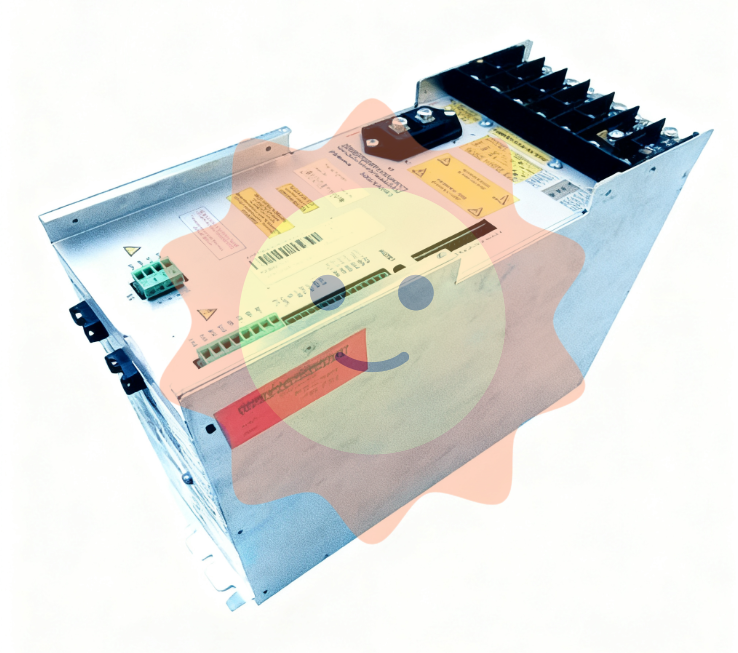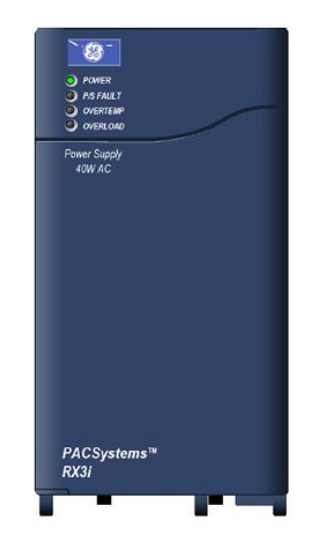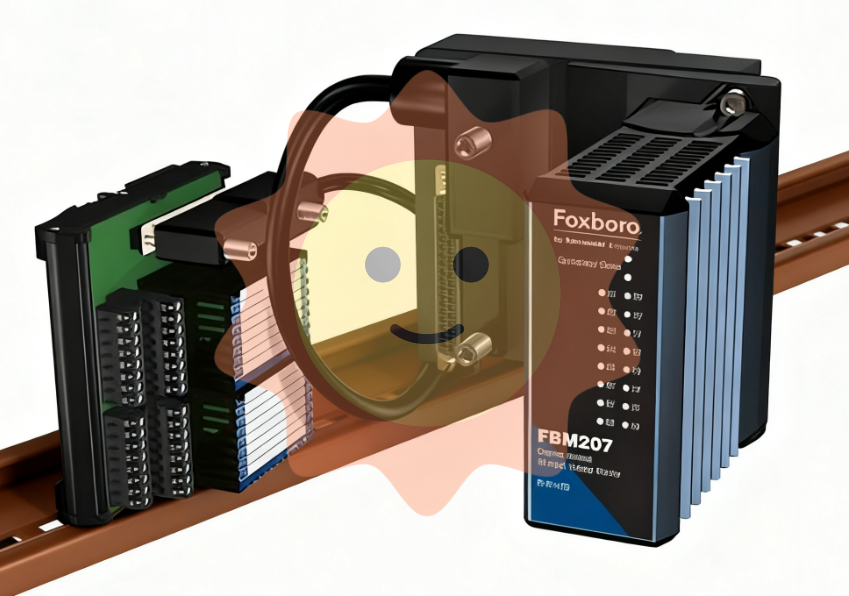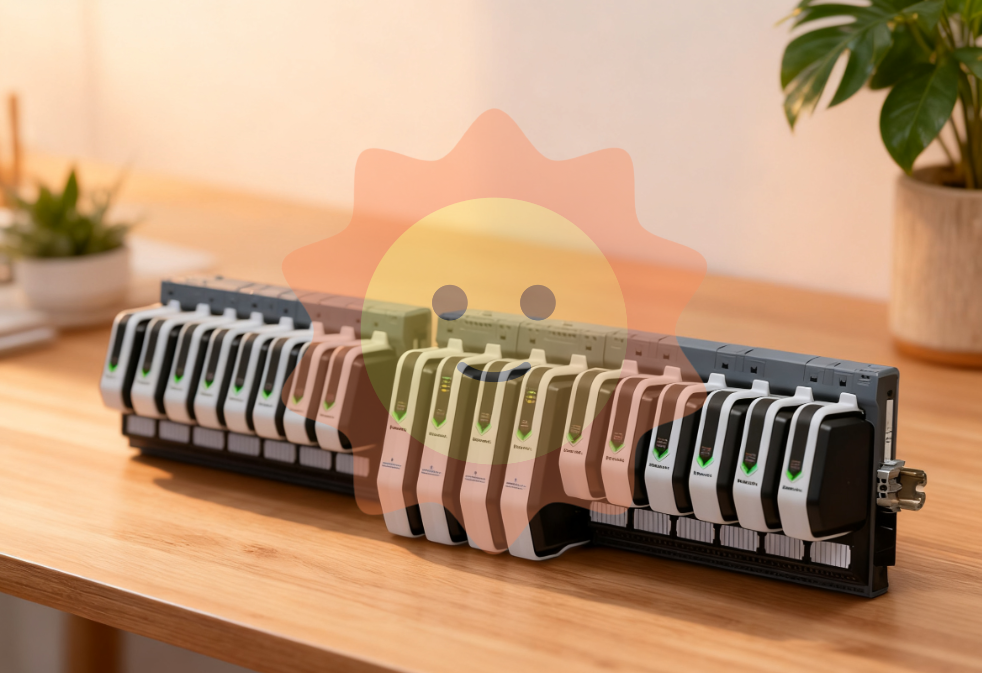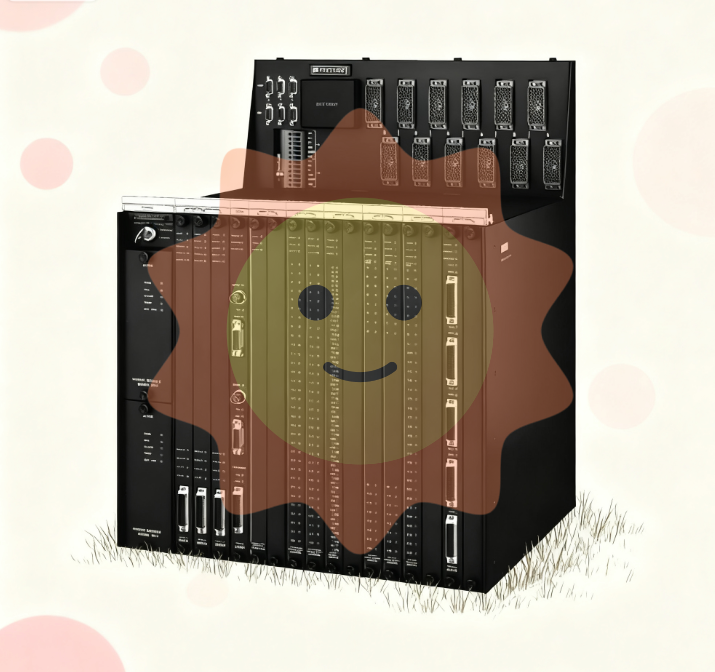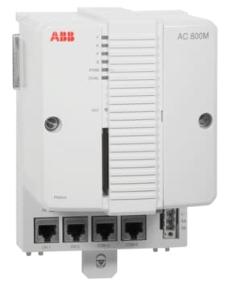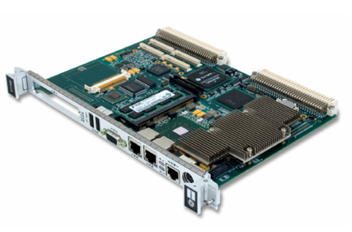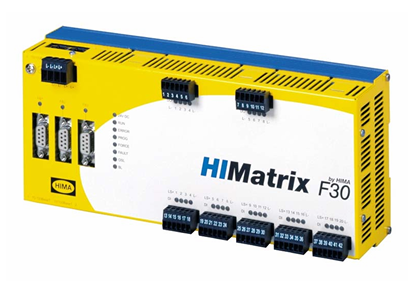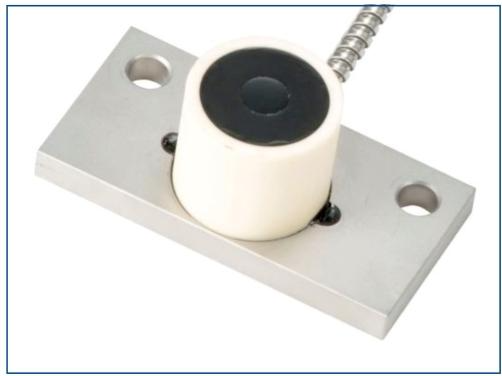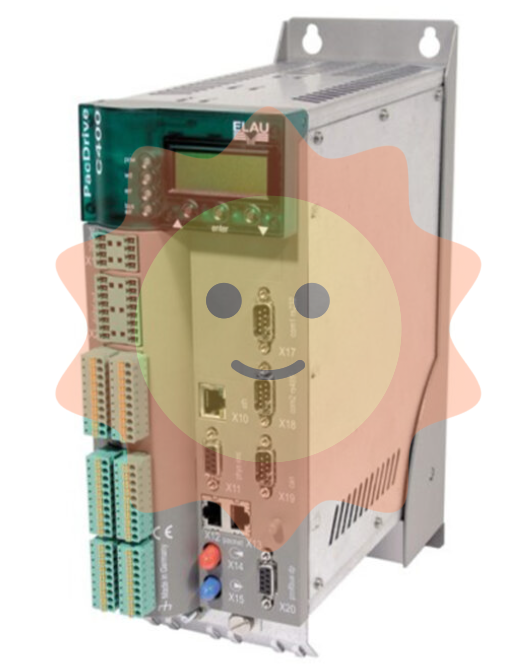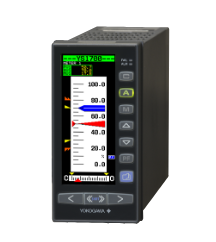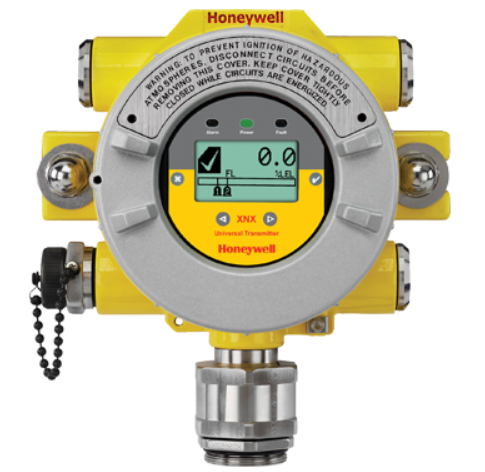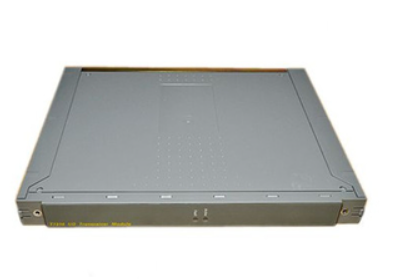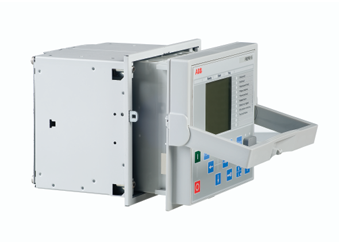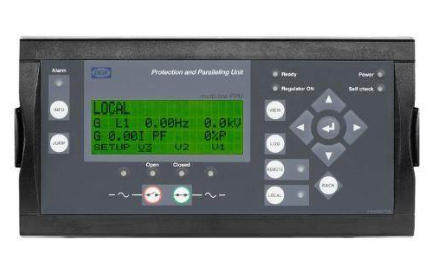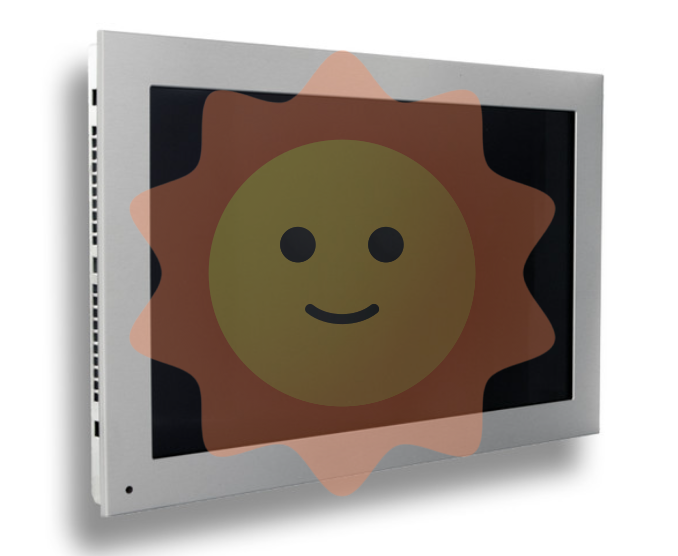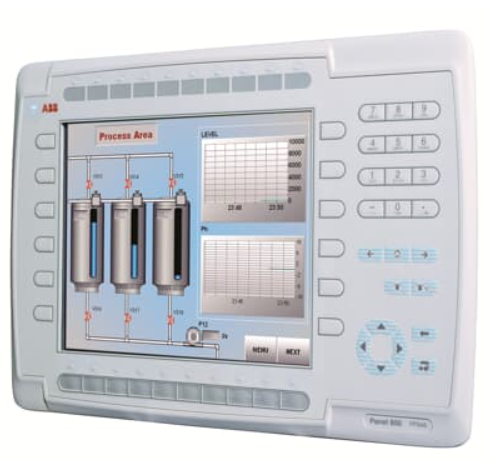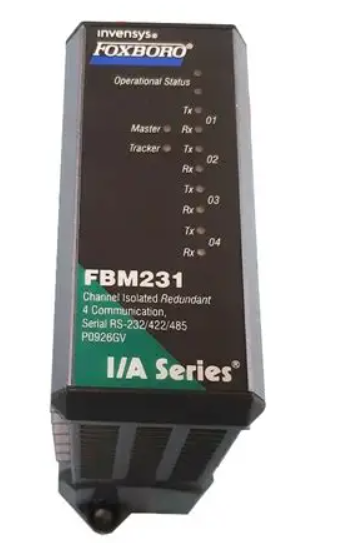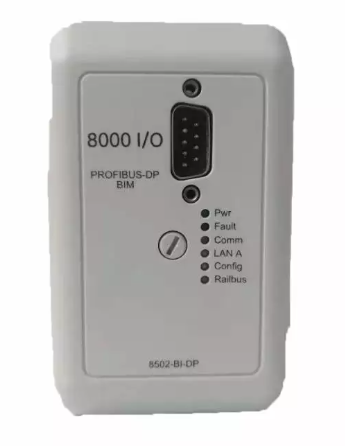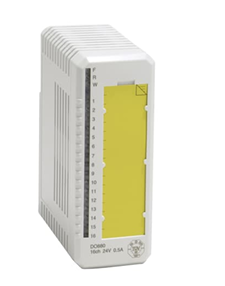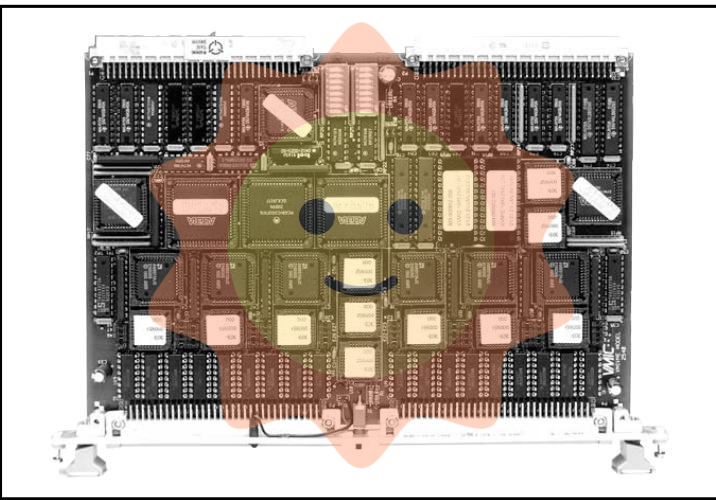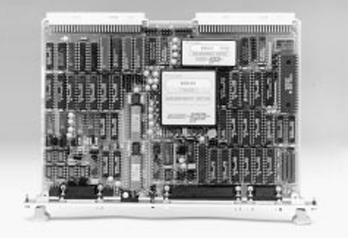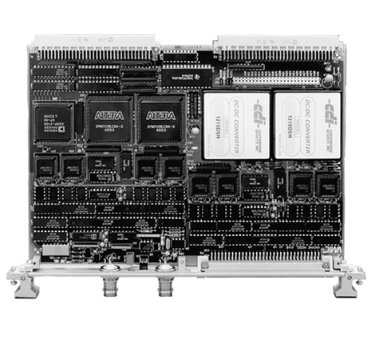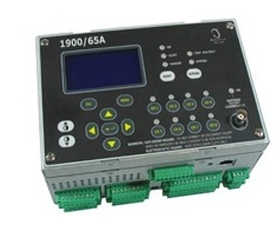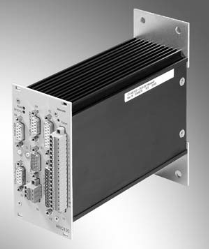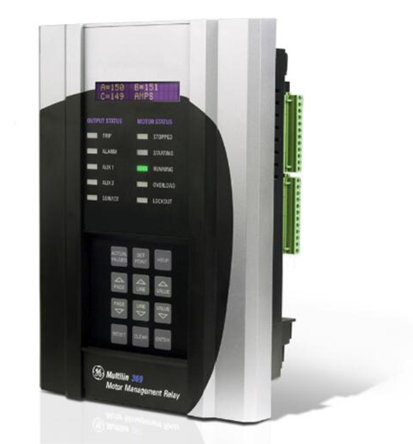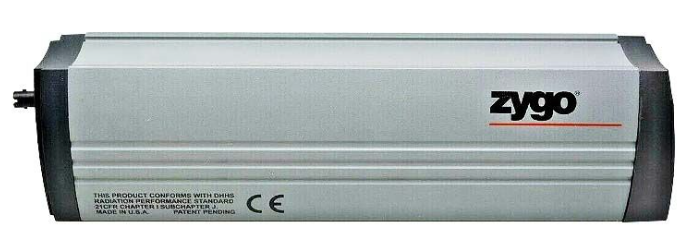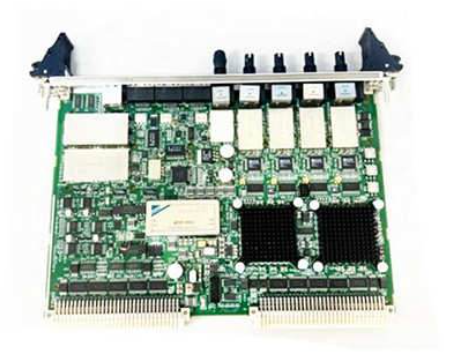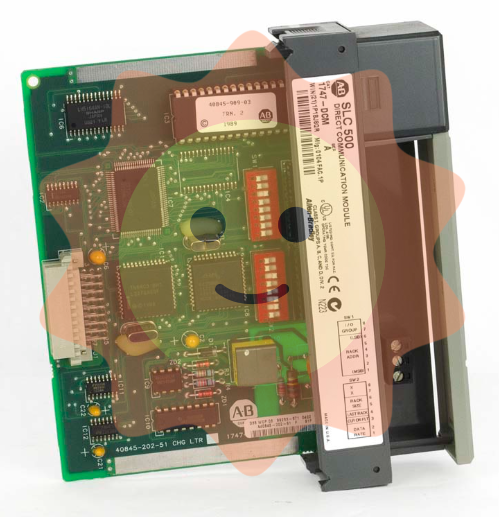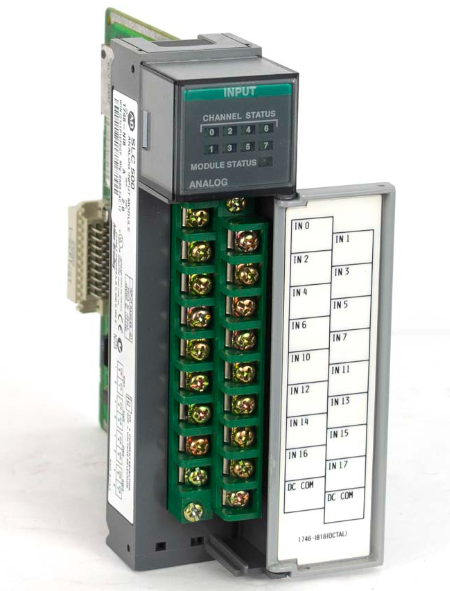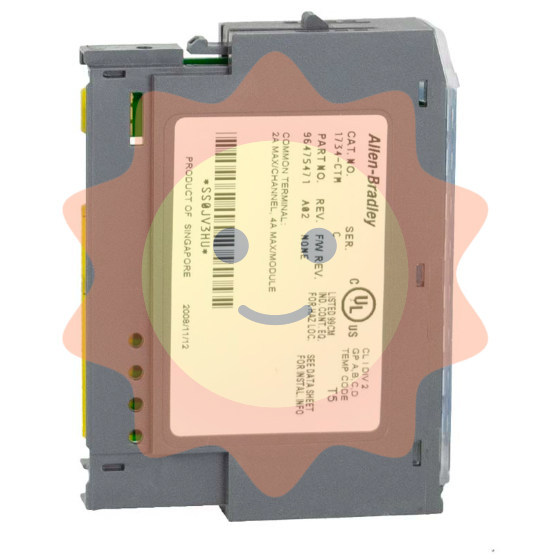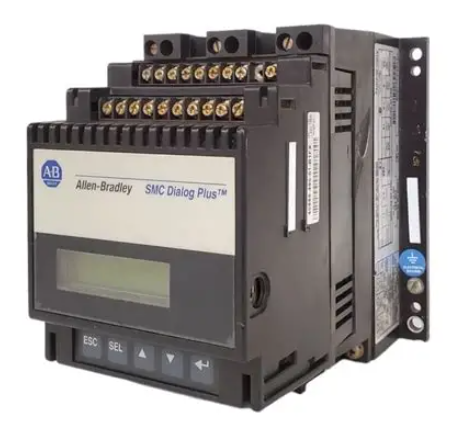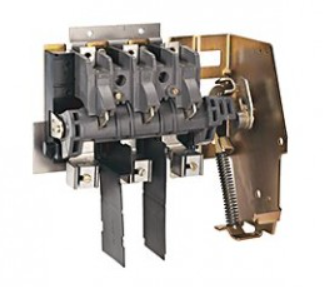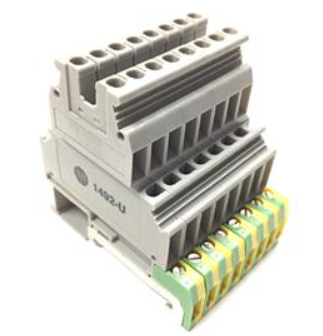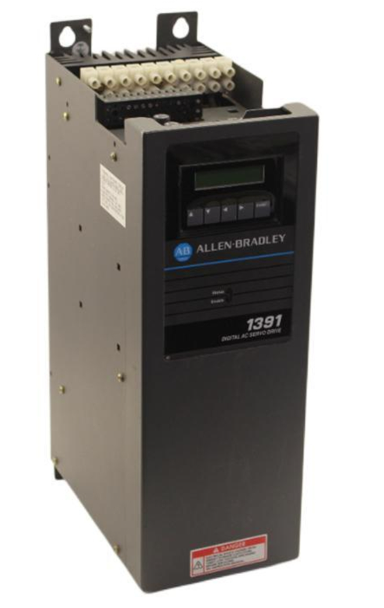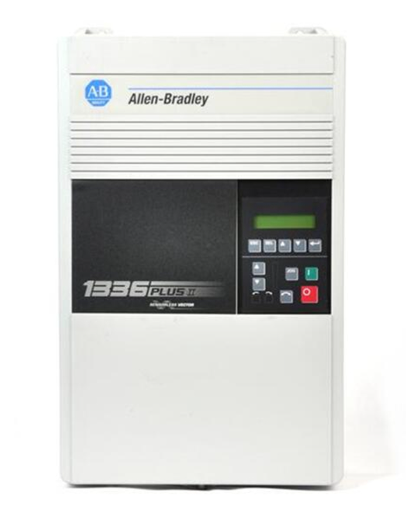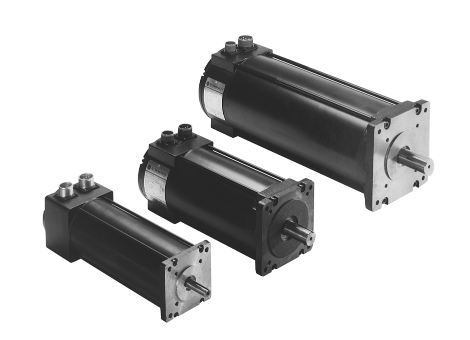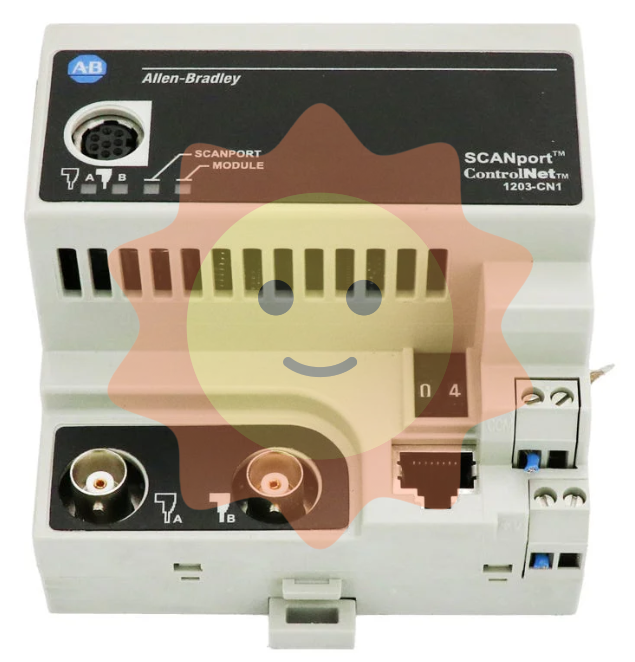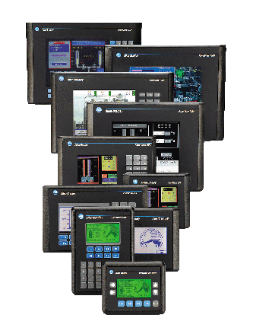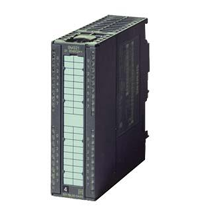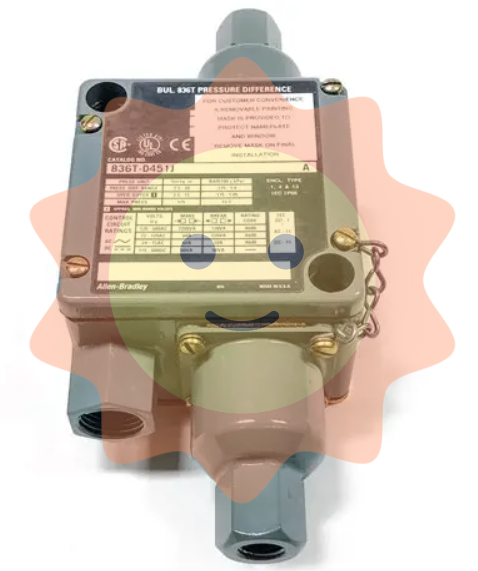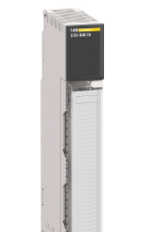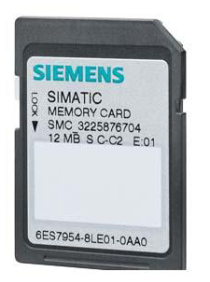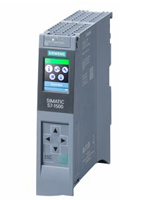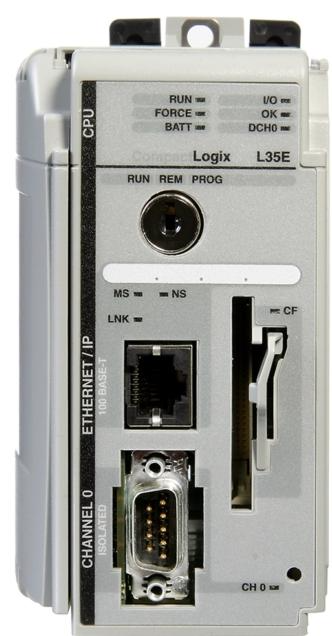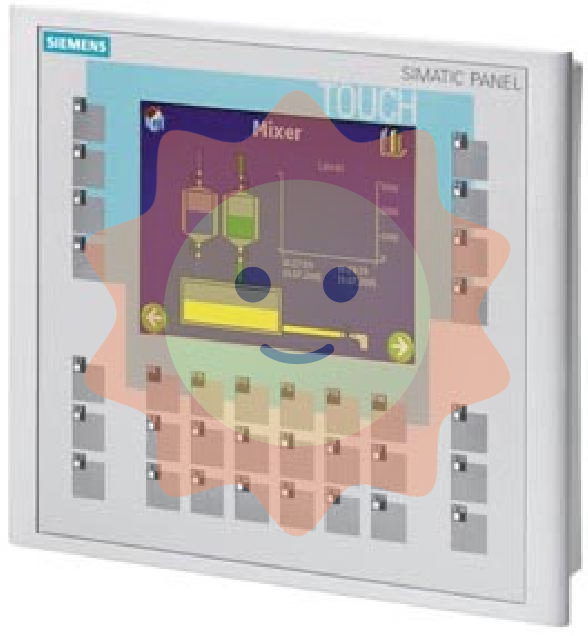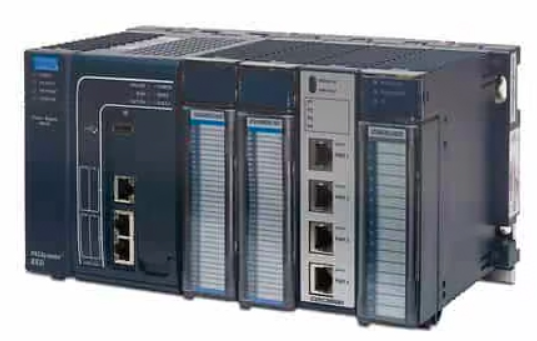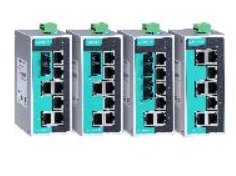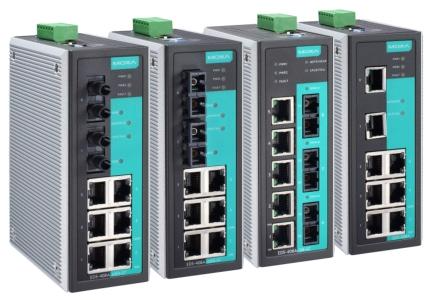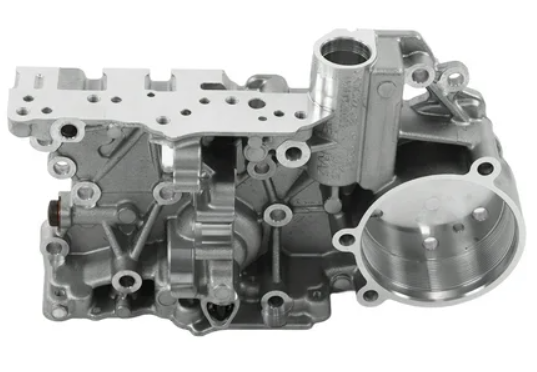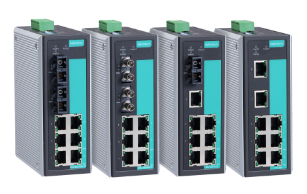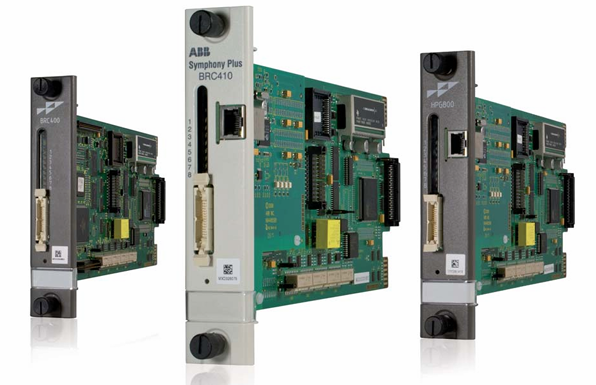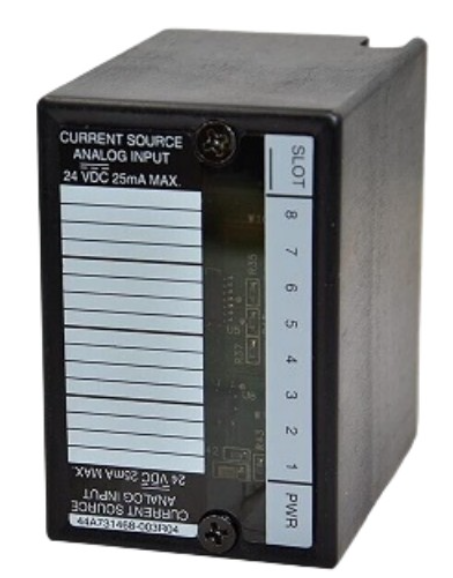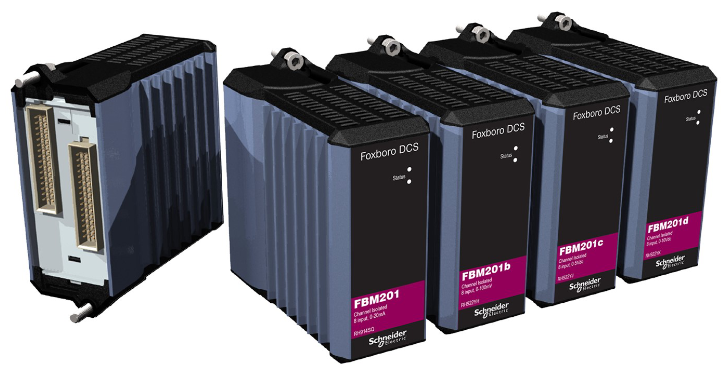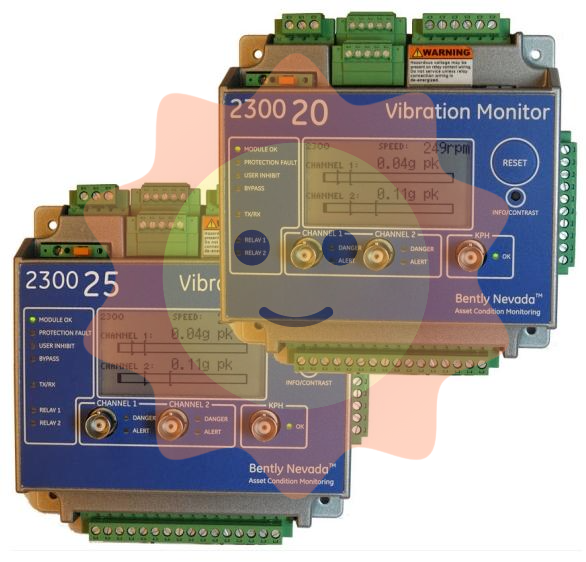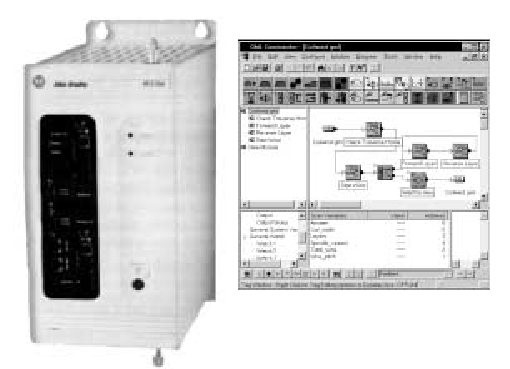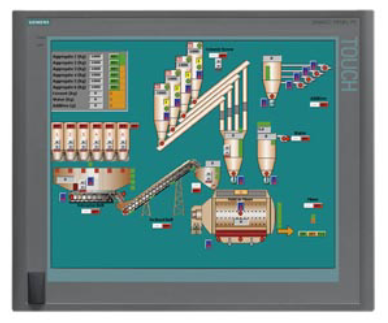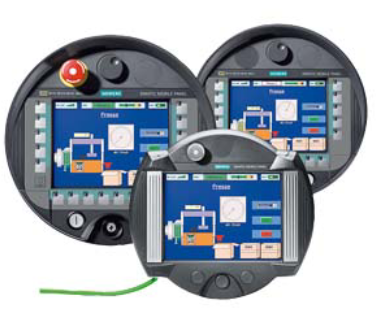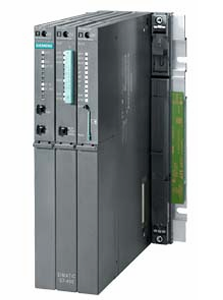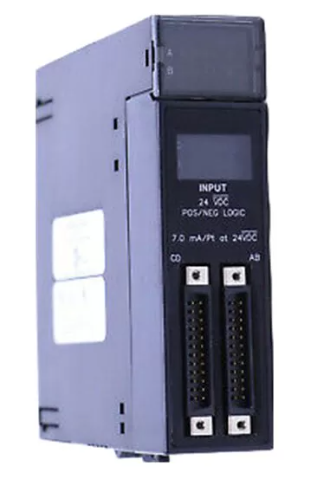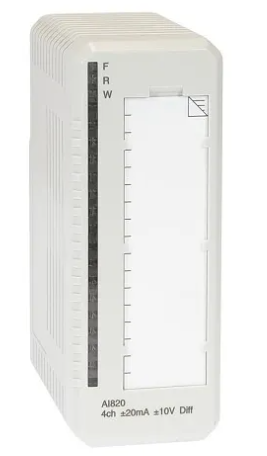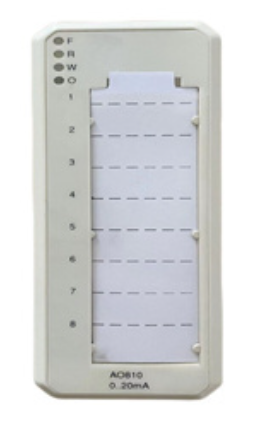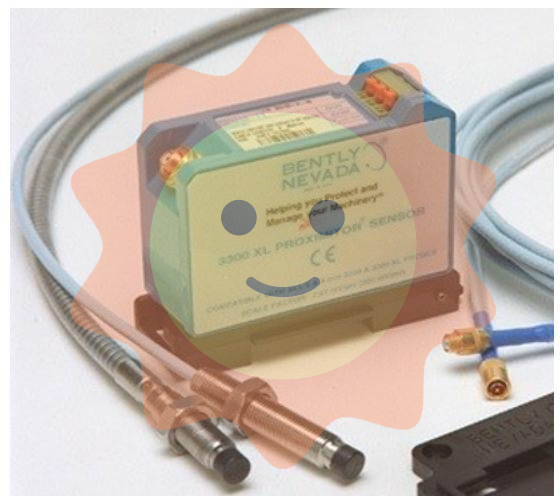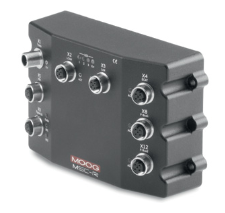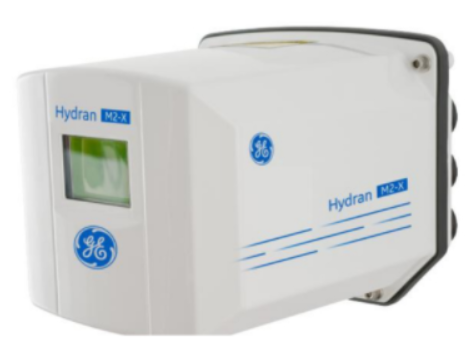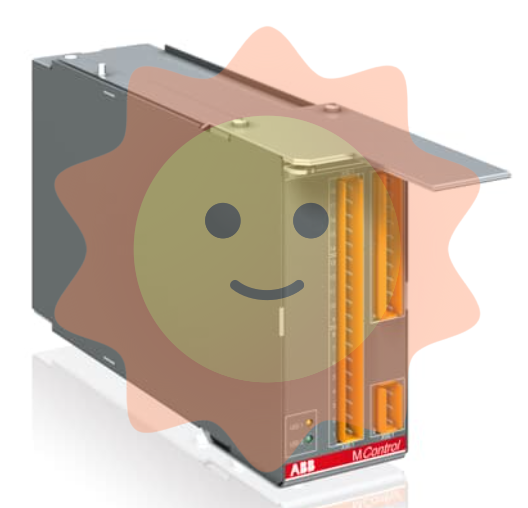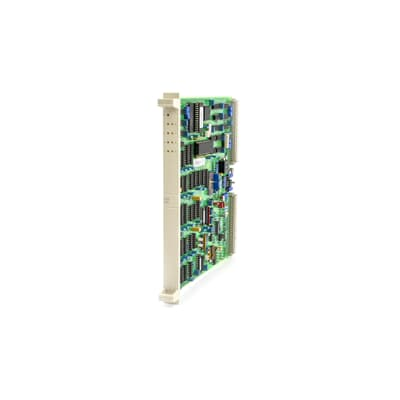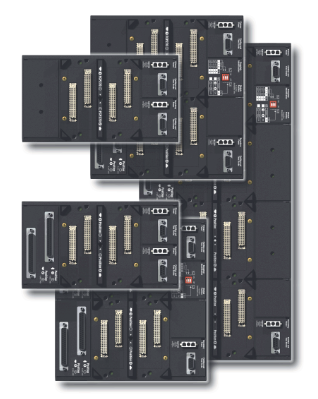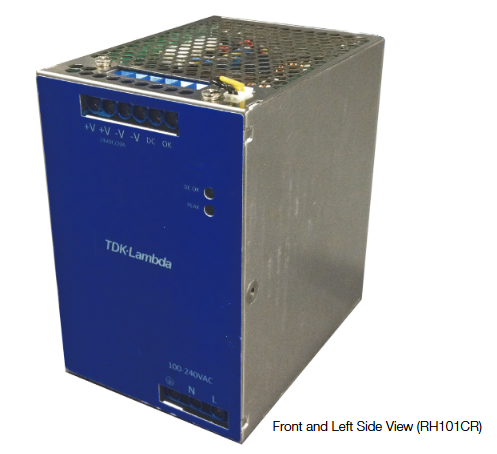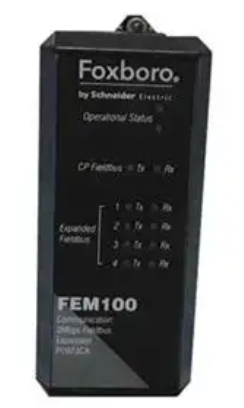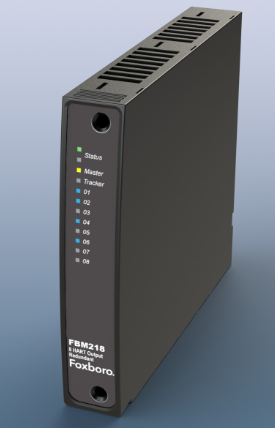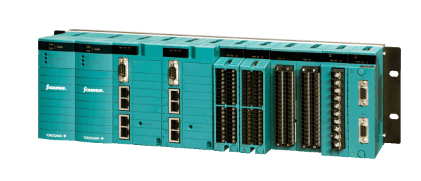ABB P-HB-AIN-3000S100 AIN 300 Termination Base
Basic Information
Product type: P - HB - AIN - 3000S100.
Product name: AIN 300 Termination Base, this is ABB's termination base for the AIN 300 series, which is mainly used for the connection and processing of analogue input signals.
Functional features
Signal connection and processing functions
Analogue input signal reception: Multiple channels are provided for receiving analogue input signals, enabling the connection of various types of analogue sensors such as temperature sensors, pressure sensors, flow sensors, etc. The analogue signals (e.g. voltage signals or current signals) output from these sensors are transmitted via the base to the devices connected to them for signal acquisition. For example, in a chemical production process, a voltage signal from a temperature sensor can be received for monitoring the temperature inside a reactor.
Signal Adaptation and Conversion: The ability to adapt and convert different types and ranges of analogue input signals. Different sensors may output signals with different ranges (e.g. 0 - 5V, 0 - 10V, 4 - 20mA, etc.), and this terminal base can convert these signals into a uniform signal format suitable for processing by subsequent equipment. This acts as a signal ‘translator’ to ensure that various sensor signals are correctly understood and processed by the system.
Signal filtering and anti-interference: A built-in signal filtering function is used to remove noise and interference from analogue input signals. In industrial environments, there are a large number of electromagnetic interference sources (e.g. motors, frequency converters, etc.), and these interferences may cause fluctuations in the analogue signals, affecting the accuracy of the signals. By filtering, the quality of the signal can be improved, making the received signal more stable and realistic. For example, for voltage signals subject to high-frequency electromagnetic interference, it can remove the high-frequency components through low-pass filtering to get a purer signal.
Protection Function
Over-voltage protection mechanism: Equipped with an over-voltage protection circuit, it can automatically cut off the circuit when the input analogue signal voltage exceeds the rated value, preventing the internal circuit and connected equipment from being damaged. In industrial environments, power fluctuations, electromagnetic pulses, and other conditions may cause the signal voltage to be too high, and the over-voltage protection function can effectively prevent such conditions from causing harm to the equipment. For example, it protects the terminal base and connected sensors, controllers, and other equipment in unexpected situations such as lightning strikes.
Electrical isolation (possible): Some models may have an electrical isolation function that electrically isolates the analogue input signal from the internal circuitry. This helps prevent external interfering signals from entering the internal circuitry through the signal lines, and also protects connected equipment from internal circuit failures. In complex industrial sites with many interconnected devices, electrical isolation can significantly improve the safety and stability of the system.
Diagnostic and status indication function
Fault diagnostic capability: It has certain fault diagnostic function, which can detect common faults in analogue input signal channels, such as short circuit, open circuit and signal abnormality. When a fault is detected, it can indicate the fault information to the user by flashing the indicator light, sounding an alarm or sending a fault code to the control system to help the user quickly locate and solve the problem. For example, when an input channel is short-circuited, the corresponding fault indicator will light up to inform the user of the fault location.
Status Indicator Lamps: Status indicator lamps are equipped to visually display the status of analogue input signals and the working status of the terminal base. For example, there are indicators that show the status of whether there is a signal input for each input channel, whether the power supply is normal, and so on. These indicators enable users to quickly judge the working status of the equipment in the field, which is convenient for daily maintenance and management.
Physical characteristics and interfaces
Types and number of interfaces: There are various types of analogue input interfaces, and common interface types include screw terminal interfaces and plug-in interfaces. Screw terminal interface can be firmly connected to the wire, suitable for long-term stability of the connection, and can be adapted to different wire diameter wires; plug-in interface is convenient for quick replacement of equipment or debugging. The number of interfaces depends on the product design and generally meets the connection needs of multiple analogue sensors. In addition, there may be a power interface to provide electrical support for the terminal base itself.
Physical Design: The form factor is usually compact, allowing for easy installation in limited spaces such as control cabinets or equipment racks. The enclosure is usually made of metal or high-strength engineering plastics with good impact resistance and heat dissipation properties. In terms of installation, it may support rail mounting or screw-fixed installation, which is convenient for users to choose according to the actual installation environment and requirements. The internal circuit layout is reasonable, taking into account the electromagnetic compatibility and heat dissipation requirements to ensure long-term stable operation.
Wiring management function (possible): Some products may provide wiring management functions, such as wiring channels or card slots for organising and protecting wires connected to equipment. This helps keep the inside of the control cabinet tidy and reduces safety hazards and signal interference caused by cluttered wires.

- User name Member Level Quantity Specification Purchase Date
- Satisfaction :
-









Email:wang@kongjiangauto.com









